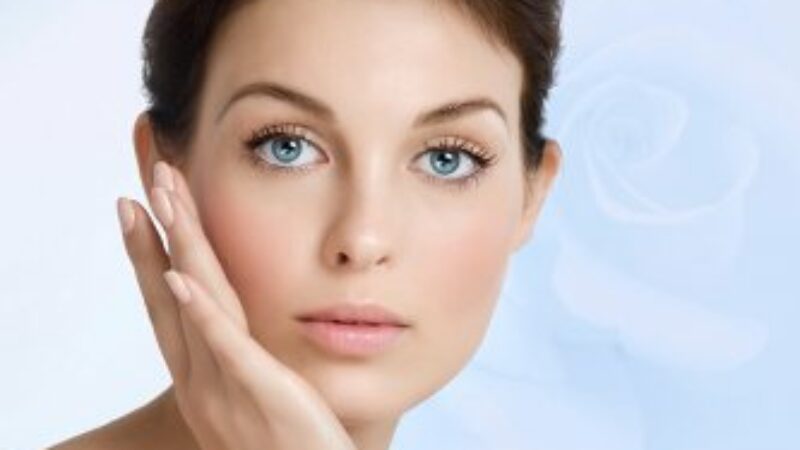There are dozens, even hundreds, of ingredients that skin care and cosmetic manufacturers put into their products. And there’s no shortage of claims regarding the efficacy of those ingredients. However, most lack substantial research that includes double-blind, placebo-based clinical studies to support the claims. Vitamin E is one of the few ingredients for which a significant amount of research has been conducted. It is a fat-soluble antioxidant that can deliver a number of benefits to the skin.
Vitamin E is is the collective name for a set of 8 related tocopherols and tocotrientols, with α-tocopherol(also referred to as alpha-tocopherol) being most easily absorbed and used by the body. Today, let’s take a closer look at Vitamin E and how it protects skin cells. I’ll also explain why combining it with a Vitamin C concentration increases its effectiveness. Finally, I’ll describe a few topical applications that use Vitamin E to protect and heal the skin.
Advantages Of Vitamin E
There are several ways in which Vitamin E offers protection. First, as a powerful antioxidant, it helps to protect against free radical damage. Because free radicals cause damage by breaking down collagen fibers, they lead to wrinkles and other long term damage. Vitamin E prevents that from happening. It is also effective for protecting the skin’s outermost layer from early UV damage, limiting the potential for sunburns.
Vitamin E is particularly useful as an ingredient in topical formulations because it can be absorbed into the skin. This helps it to improve the effectiveness of active ingredients that are found in most well formulated sunscreens. Its absorption quality also helps it maintain the skin’s protective barrier by preventing the loss of moisture.
Vitamins E And C: A Potent Duo
Even though Vitamin E is a powerful antioxidant that helps protect skin cells, it’s even more effective when combined with Vitamin C, a water-soluble antioxidant. Research has shown that both vitamins can enhance the antioxidative properties of each other. That makes them natural partners for the prevention of cellular damage caused by free radicals. Studies show that they work well together to inhibit lipid peroxidation – a condition that results in the breakdown of lipids.
Topical Application
By preventing the spread of free radicals, protecting the epidermis from UV damage, and increasing the efficacy of active sunscreen ingredients, both Vitamins E and C are potent ingredients. In addition, formulations that include both tend to yield better results than either vitamin can deliver on its own. Following are 3 solutions that use Vitamin E to protect and maintain the cellular structure of your skin.
Reversa Skin Firming Gel – A solution that includes Vitamin E to reduce wrinkles by improving the skin’s elasticity and encouraging the production of elastin and collagen.
Anthelios Fluide Extreme SPF 50+ – This extremely popular and effective sunscreen not only contains effective sun filters, but also Vitamin E to further protect skin cells against UV damage.
Credentials Glycolic Face Creme 8% – Glycolic acid, antioxidants – grapeseed extract and licorice extract plus Vitamin E help to exfoliate skin and calm skin, providing a perfect solution to dry, mature skin.





After doing some computer analysis of the nutrients in my diet I discovered my diet was lacking vitamin E. I looked up food sources for vitamin E and found out that by eating 1/4 of a cup of raw sunflower seeds perday I could satisfy my daily requirements. After about two weeks of doing this I noticed that the ring worm infection on my skin, which I have been battling for almost 20 years, started to go away even though I was applying Lamisil just often to keep the fungus at bay. It seems that my skins natural immune system is now working beter.